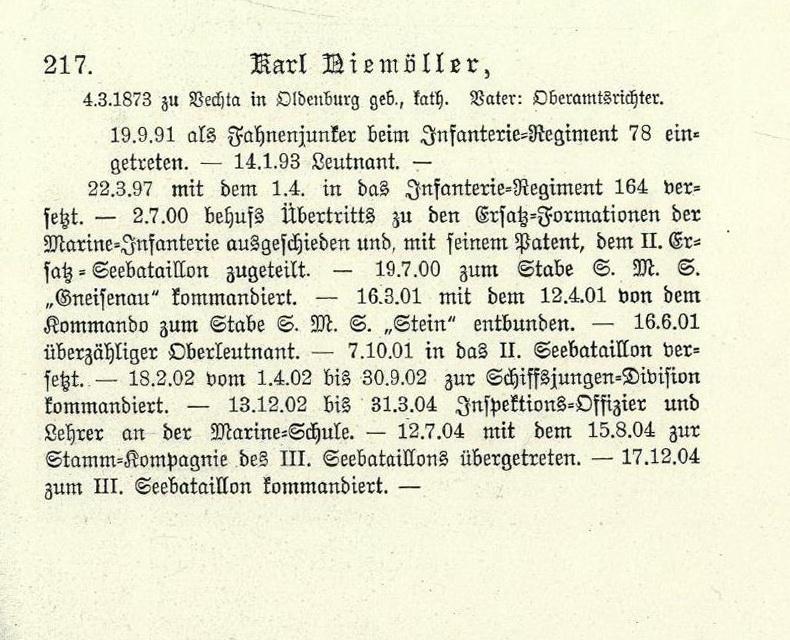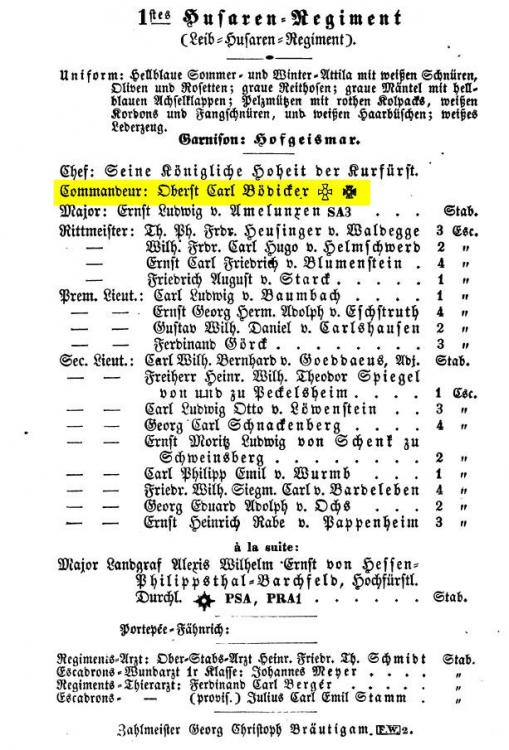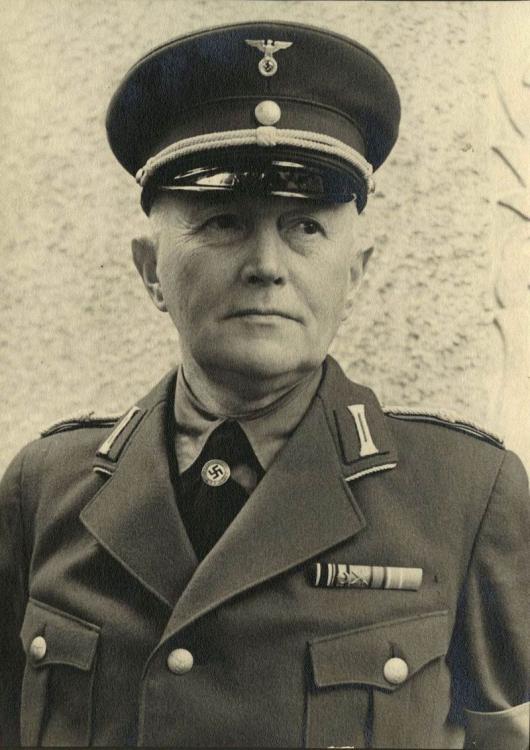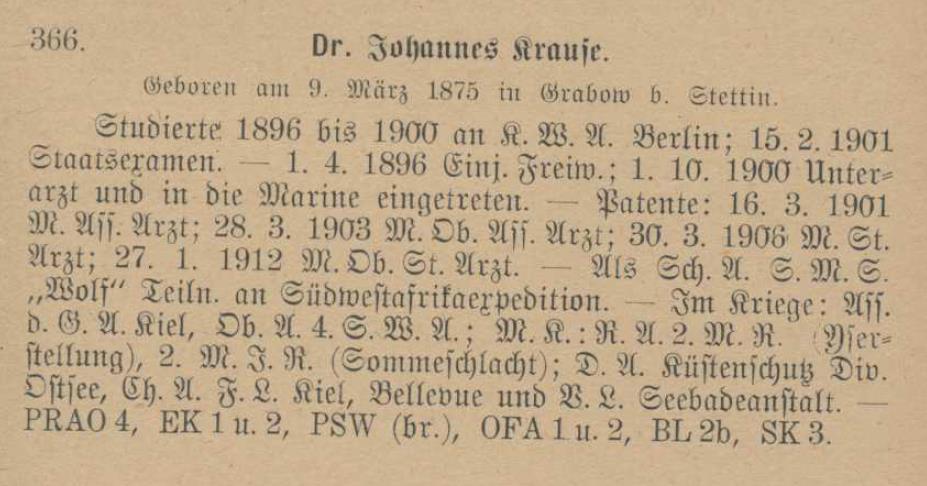-
Posts
2,234 -
Joined
-
Last visited
-
Days Won
55
Content Type
Profiles
Forums
Blogs
Gallery
Events
Store
Everything posted by Glenn J
-
Hi Ian, not sure why you could not see him in the Ehrenrangliste. He is on page 30 as commander of 1. Garde-Feldartillerie-Brigade. Friedrich Wilhelm Frhr. v. Buddenbrock (1859-1944). Born 31 August 1859 at Thorn, a graduate of the Prussian cadet corps, he was commissioned into the 2. Garde-Feldartillerie-Regiment on 15 April 1878. Promoted to Premier-Lieutenant with a Patent of 17 April 1888 and an Hauptmann on 2 September 1892. He was appointed as the battery commander of the 2nd horse battery on 18 October 1892. On the 1st of October 1899 he was transferred to the staff of Feldartillerie-Regiment Nr. 6 followed by his promotion to Major and assignment as a detachment command in FAR 9 on 18 January 1901. He was promoted to Oberstleutnant on 20 July 1907. He was assigned as the provisional commander of FAR 4 on 20 February 1909 and confirmed as commander on 24 March 1909. Promoted to Oberst on 3 October 1910. He was appointed as commander of 25. Feldartillerie-Brigade which he assumed on 18 April 1913 and finally as commander of 1. Garde-Feldartillerie-Brigade on promotion to Generalmajor on 1 October 1913. He appears to have commanded the brigade until July 1916. He retired as a char. Generalleutnant (11.8.16). Regards Glenn
-
He was a bit tricky. Prior to 1902 he is listed as Roques-Maumont but following that as Eckert gen. von Roques-Maumont. He retired in 1907 and unusually as a former regular officer, his wartime service is not listed in the Ehrenrangliste. Consequently I went back to about 1895 where I found him as a Sekonde-Lieutenant in Grenadier-Regiment Nr. 123. He is listed thereafter until his retirement in the Prussian Rangliste. I found him again in a "Stellenbesetzung" of mobile Württemberg troops in 1915 in LIR 120 and again in the Württemberg Militär-Verordnungsblatt of 1916. He falls off the radar after that. This portrait of him as a Sekonde-Lieutenant in GR 123 in the late nineties appears on the Landesarchiv Baden-Württemberg site albeit wrongly named as Roques-Naumont. Regards Glenn
-
chaps, he left Prussian service on 3 November 1911 to enter Turkish military service, hence the gap in the army list between 1911-1914. His entry in the Offizier-Stammliste of IR 42 shows that he assumed command of IR 42 on 29 October 1914 although it does not differentiat between temporary and permanent command details. His further wartime appointments are shown as: 1.7.17: Leader of the reserve officer candidate course at Warthelager 1.3.18: Commander of IR 402 and finally commander of 31. Reserve-Infanterie-Brigade from 1 May 1918. 8.9.20: Charakter as Generalmajor. Regards Glenn
-
Charles, although wartime appointments are not shown, the 1918 Prussian army seniority list details the active field officers of the Luftstreitkräfte as follows: 2 X Oberstleutnant (Thomsen and Siegert) and 17 majors. Wartime appointments are not given. Presumably a tiny handful of reserve/Landwehr can be added but the promotion of these officers to field rank was still relatively rare even in wartime. The 1919 list shows an increase although those officer already retired and of course fatalities since the previous year are no longer listed: 1 Oberst (Thomsen) 1 Oberstleutnant (Siegert) and 25 majors. Regards Glenn
-
The orders fit perfectly for the then Rittmeister Eduard Pfretzschner of 1. Uhlanen-Regiment. The epaulettes worn by the Bavarian army prior to 1873 did not distinguish rank. The rank is shown by the three strips of braid on the collar = Hauptmann/Rittmeister. The portrait was taken sometime after his May 1872 authorisation to wear his Russian Vladimir Order 4th Class and the introduction of the Prussian pattern rank insignia the following April (effective 1 August 1873). Regards Glenn











